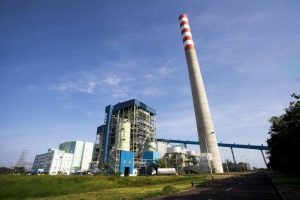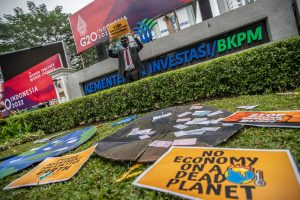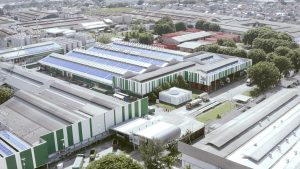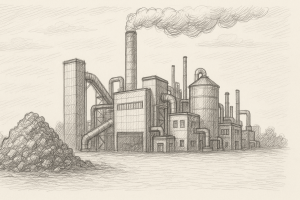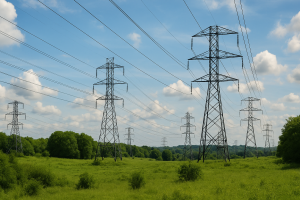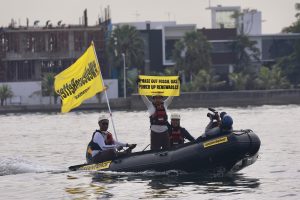Jakarta – PT PGN Tbk, Pertamina’s Gas Subholding will support the government in meeting national natural gas needs through various strategic projects that focus on the efficiency and effectiveness of natural gas distribution logistics. This was revealed by PGN’s Director of Strategy and Business Development, Rosa Permata Sari, on Thursday, July 11.
“PGN will continue to develop natural gas pipeline projects and supporting infrastructure so that natural gas users can access it at affordable prices,” she said in an official statement.
One of PGN’s main initiatives is the West Natuna Transportation System (WNTS) gas pipeline project to Pemping Island, Batam (WNTS-Pemping), which will distribute gas from the Natuna Field to the domestic market. In addition, PGN will also complete the Cirebon – Semarang gas network project phase II and synergize with the government to bring gas from East Java to West Java.
“There is a new business initiative for the development of the Cisem II Pipeline, where we will build the Tegal – Cilacap Distribution Pipeline to Refinery Unit IV Cilacap for about 130 km,” Rosa added.
Apart from Java, PGN will also run pipeline interconnections in various parts of Indonesia, including the Dumai – Sei Mangke Pipeline through APBN support, Duri – Balam, Duri – Petapahan, Bangkanai – Balikpapan, and Bintuni – Fakfak Pipelines. This step is expected to close the gap in supply sources due to unconnected pipeline infrastructure.
“PGN is committed to maintaining security of supply using infrastructure integration and developing strategic projects that are adaptive and efficient in filling future business opportunities,” continued Rosa.
As part of the regasification task assigned to Pertamina, PGN continues to strengthen and integrate the utilisation of pipeline and beyond pipeline gas infrastructure. With the projection that the natural gas supply will be dominated by LNG, PGN continues to strengthen LNG infrastructure to balance domestic natural gas supply and demand.
“One of the projects currently underway is the revitalization of the Arun Hub LNG Tank, which is expected to be completed by the end of 2024,” Rosa explained.
The role of the Lampung Floating Storage Regasification Unit (FSRU) is essential for PGN because it is integrated with the South Sumatra-West Java (SSWJ) Pipeline, whose regasification products are used to meet the needs of the electricity and industrial sectors. In addition, the West Java FSRU is the backbone of service stability and LNG provider when the gas supply fluctuates.
“Considering Indonesia’s geographical condition as an archipelago, the ‘beyond pipeline’ scheme is also a feasible step for Eastern Indonesia. PGN has also entered the LNG trading business and added LNG facilities in Bontang, Teluk Lamong, and LNG Bunkering Terminals for the Marine Fuel sector,” said Rosa.
Rosa added that PGN’s efforts both pipeline and beyond pipeline require synergy that is in line with the interests of all stakeholders, the government, and natural gas users on the downstream side. “With optimism in facing dynamic challenges, the balance of supply and demand is expected to occur in 2030. PGN also encourages new users to continue to grow,” Rosa concluded.
These steps demonstrate how PGN plays an active role in supporting national electrification and ensuring that Indonesia’s energy needs can be met sustainably. (Hartatik)




